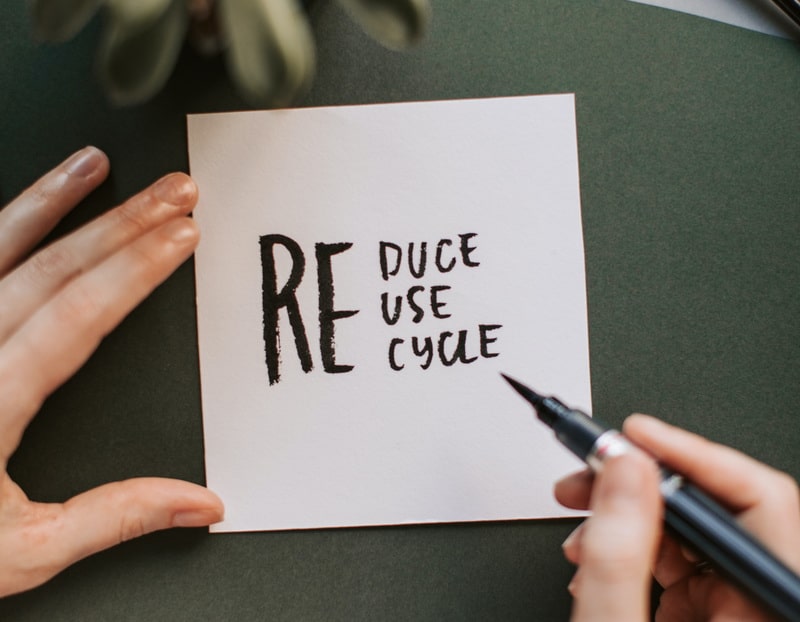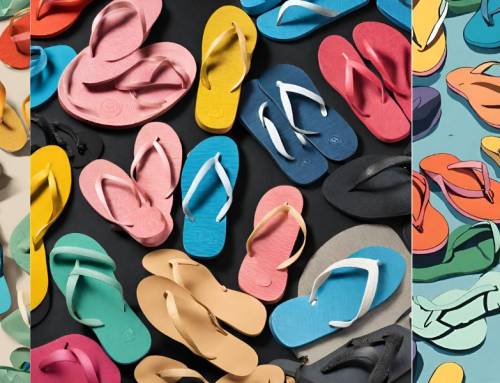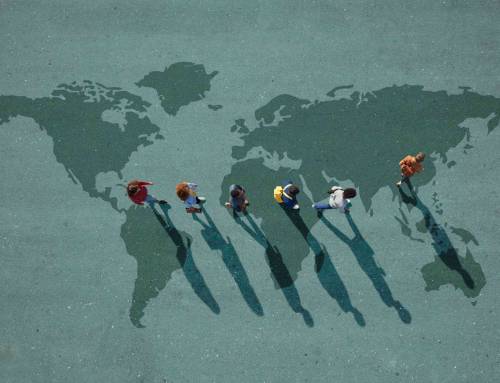Rubber, in addition to plastic, can be recycled. We granulate discarded rubber flip flops and off-cuts from our manufacturing process, apply them to our rubber sheets, and incorporate them into new products. This device reduces the total amount of rubber that producers must grow, saving them water, land, and energy.
We haven’t stopped there, even though we already use a sustainable, renewable resource to make flip-flops. We, like you, are concerned about the environment and do all we can to ensure that the goods we create have a low environmental impact.
When you think about it, making new things out of existing ones is pretty incredible. We can take old, discarded materials and turn them into something new, usable, long-lasting, and dependable thanks to technological advancements. Paper, plastic, metal, glass, and even water are examples of this, but can rubber be recycled?
The short answer is that rubber can unquestionably be recycled to produce a vast number of recycled rubber items (i.e. Flip flops) that are used in various ways, both normal and unusual. The products from recycled rubber, for example, can be used in a wide range of applications in all aspects of your life. Please take a look around you: rubber in its recycled form can be found in your tires, on the sidewalks, at the gym, on your child’s favorite playground, and even in your shoes and flip-flops (sandals).
Recycling is an important part of our business, but it’s not the same as the kind of plastic recycling you’d find somewhere. If you’re concerned about the environment, we believe Premium Flip Flops are the best option.
If you’re looking for men’s flip flops, women’s flip flops, or our unisex line, you can be sure you’ll be getting a lot more than just recyclable flip flops here at Premiumflipflops.com.
Positive effects of Natural rubber on the Environment?
When you cut into some plants, a runny, milky white liquid called latex is released, making Natural rubber. There are over 200 plants that can produce latex, but the most productive is the Pará rubber trees (Hevea brasiliensis), which belong to the Euphorbiaceae spurge family.
Malaysia and Thailand are one of the leading producers of Natural rubber. Natural rubber is currently harvested primarily in latex (a sticky, milky colloid liquid) by tapping into the tree and transporting the latex, which is mostly coagulated, to a processing plant. After that, the latex is strained, mixed with water, and acid-treated before being rolled into sheets, dried, and shipped to produce the various products.
Natural rubber, or rubber made from trees, is environmentally friendly. The product’s harvesting and use have a lower environmental impact. Rubber is a long-term crop that contributes to the global carbon balance in the atmosphere.
Rubber from natural sources (Natural rubber) can be recycled. Many rubbers will normally end up in landfills, causing waste and contamination, but Natural rubber can be recycled into something else, such as tires and slippers, and other kinds of footwear. As recycled rubber products reach the end of their useful life, they can be recycled into new products.
Why is Natural rubber the best material for our use?
It is natural, as the word implies. There are no harmful chemicals or petroleum components in Natural rubber and its products.
- It is made of a soft, versatile material that is secure for anyone to use and wear.
- Long-lasting stuff. A rubber tree is replaced by a new sapling when it reaches the end of its latex processing life (roughly 12 years).
- Natural rubber products have a low environmental impact during harvesting, production, and recycling, making them environmentally friendly.
- It’s easy to clean and maintain.








